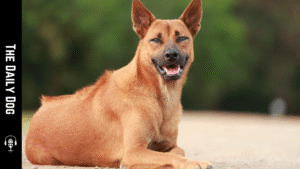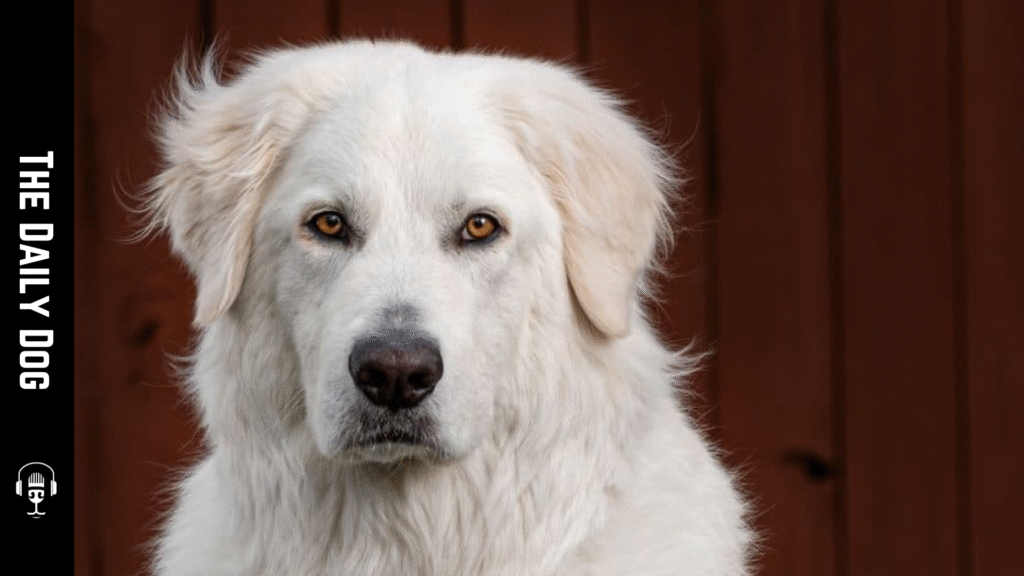The Maremma Sheepdog, with its imposing presence and timeless elegance, stands as one of the most respected working breeds in the world. Originating from the rolling pastures of Italy’s Maremma region, this ancient guardian has long been entrusted with protecting flocks from predators while maintaining a calm, steady disposition around humans. Today, the Maremma remains a symbol of loyalty, resilience, and intelligent independence, qualities that appeal to breeders, hikers, farmers, and devoted pet owners who value a true partner in protection and companionship.
At a glance, the Maremma Sheepdog is a powerful, medium to large-sized dog with a dense double coat that ranges in color from pure white to off-white, sometimes with light shading. This striking appearance is not merely aesthetic; it reflects a breed steeped in survival through harsh weather and demanding work. The male typically stands around 25 to 31 inches tall at the shoulder and weighs between 75 and 100 pounds, while females are slightly smaller. Their robust build is complemented by a broad chest, strong hindquarters, and a confident, forward-facing gait that conveys both stamina and resolve. Yet beneath that impressive exterior lies a temperament that is serene, guarded, and incredibly devoted to those they consider their flock—whether that flock is a herd of sheep on a hillside or a family living in a bustling suburban home.
One of the defining traits of the Maremma Sheepdog is its distinctive balance between independence and loyalty. These dogs are natural guardians who can instinctively assess threats, often acting without human prompting to protect their charges. This independence, however, is not a sign of aloofness toward people. On the contrary, Maremmas are known for their quiet, watchful temperament and their gentle, patient approach with children when properly socialized. Early exposure to various people, environments, and routine family life helps cultivate a dog that remains confident without becoming overbearing. The result is a companion who can comfortably coexist with other pets in a well-structured household, provided requirements for training, space, and enrichment are met.
The historical role of the Maremma Sheepdog informs much of its modern behavior and needs. In ancient agrarian life, these dogs guarded flocks against wolves, bears, and jackals, often from daybreak until dusk. They developed a steadfast sense of responsibility and an ability to work autonomously in vast, rugged terrain. Today, this heritage translates into a canine that prefers a job to do and a space to patrol. For families in rural settings, a well-fitted Maremma can be a trusted sentinel, guarding property and livestock with a calm, deliberate presence. For urban or suburban households, it’s essential to provide a clear routine, ongoing mental stimulation, and regular exercise to channel their natural energy in constructive ways.
Training a Maremma Sheepdog requires a combination of firmness, consistency, and positive reinforcement. Given their intelligence and strong-willed nature, these dogs respond best to reward-based methods that emphasize calm leadership and predictable boundaries. Early socialization is crucial: exposure to different people, sounds, surfaces, and environments helps prevent excessive guarding or fear-based reactions later on. Because they are naturally vigilant, owners should implement structured routines that establish boundaries without diminishing the dog’s sense of independence. Regular, rewarding training sessions, combined with long-term consistency, help ensure the Maremma remains a balanced, motivated guardian rather than a stubborn or anxious pet.
Enrichment and daily life play a significant role in the well-being of the Maremma Sheepdog. These dogs thrive when they have a clear purpose, whether that purpose is guarding, herding, or simply being an active member of the family. A well-rounded routine should include ample physical exercise, mental challenges, and meaningful work. Long walks, herding activities, scent games, and problem-solving tasks can keep a Maremma intellectually engaged and prevent boredom that could manifest as destructive behavior. It’s also important to provide a secure, spacious environment. Because of their protective instincts, they do best in homes with secure yards or rural properties where they can patrol safely. Adequate shelter from harsh weather is essential, given their thick coat that is well-suited to cold climates but demanding in heat.
Grooming is another essential consideration for prospective owners. The Maremma Sheepdog’s double coat requires regular care to maintain its health and appearance. Expect seasonal shedding, during which more frequent brushing helps manage loose fur and reduces matting. Routine grooming sessions are also a valuable opportunity to monitor skin health, check for parasites, and strengthen the bond between dog and owner. Despite their thick coats, Maremmas are generally clean dogs with minimal odor when properly cared for. However, mutual respect for cleanliness should be part of the household routine, ensuring the dog’s living area remains tidy and comfortable.
Health considerations for the Maremma Sheepdog revolve around a few breed-specific susceptibilities, balanced by an overall sturdy constitution. Responsible breeders screen for hereditary issues and maintain high standards to reduce risk. Common concerns can include hip dysplasia, certain eye conditions, and, in some lineages, orthopedic challenges associated with large-breed dogs. Regular veterinary checkups, a nutritious diet tailored to activity level, and a careful eye on weight management help promote longevity and quality of life. Prospective owners should seek out breeders who provide health clearances and are committed to responsible breeding practices, or consider adopting from shelters where Maremmas may appear as a result of changing life circumstances rather than a lack of suitability.
In terms of social dynamics, the Maremma Sheepdog excels when integrated into families that value steady, patient companionship. They are not typically a “hands-off” breed; they require inclusion in family life, consistent communication, and a sense of partnership. Children can be wonderful companions for a well-socialized Maremma, but due to the dog’s protective instincts and considerable size, supervision is essential in households with small children or high-energy youngsters. Establishing rules that define how children interact with the dog, along with supervised introductions and ongoing guidance, helps ensure harmonious relationships from the start. Likewise, compatibility with other pets depends on early socialization, the dog’s history, and the owner’s ability to manage space and routines effectively.
Choosing a Maremma Sheepdog for your property or family involves assessing your environment, lifestyle, and long-term plans. These dogs are best suited for owners who can provide regular structure, meaningful work, and a secure habitat. Rural properties with space to patrol, or large homes with fenced yards, align well with the breed’s natural instincts. Urban dwellers can still enjoy the Maremma’s companionship if they commit to extensive daily exercise, enrichment, and training that leverages their guardian mindset in a controlled setting. Potential adopters should reflect on the breed’s needs for mental stimulation, physical activity, and a purpose-driven daily routine. Without purposeful activity, even the most devoted Maremma can become bored or disengaged, which may result in behavioral challenges.
We offer a FREE Strategy Call.
Click on the graphic to learn more
Read More










